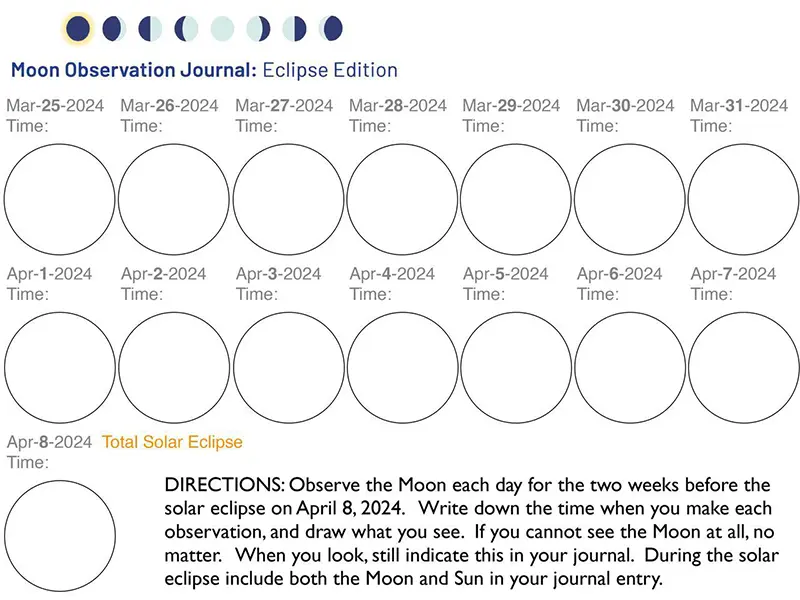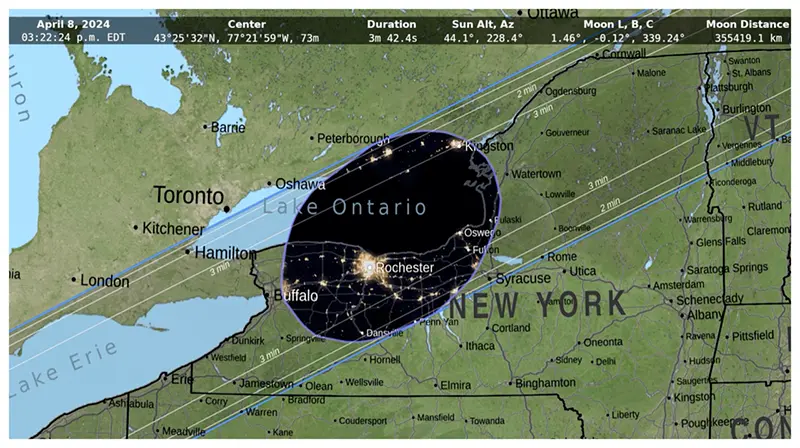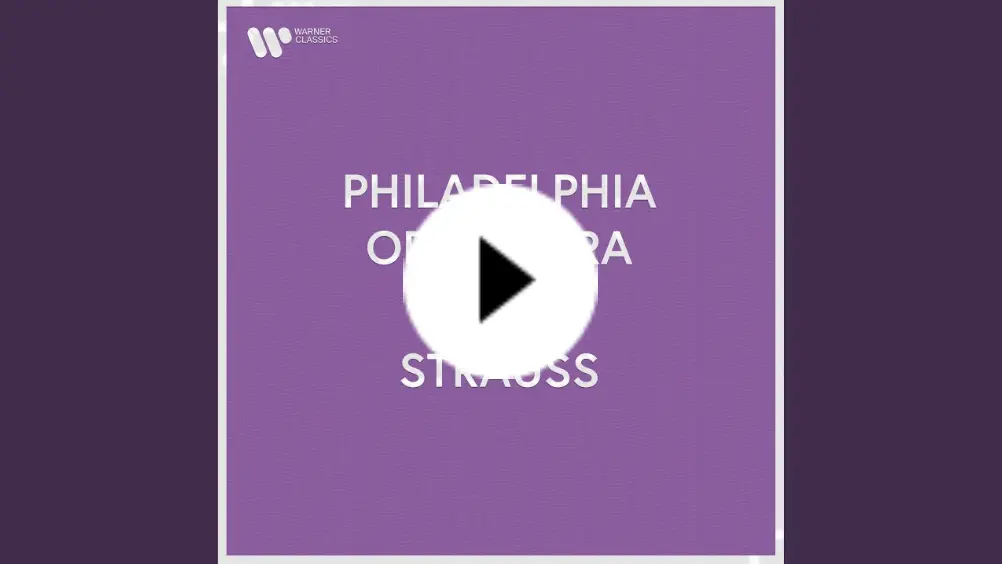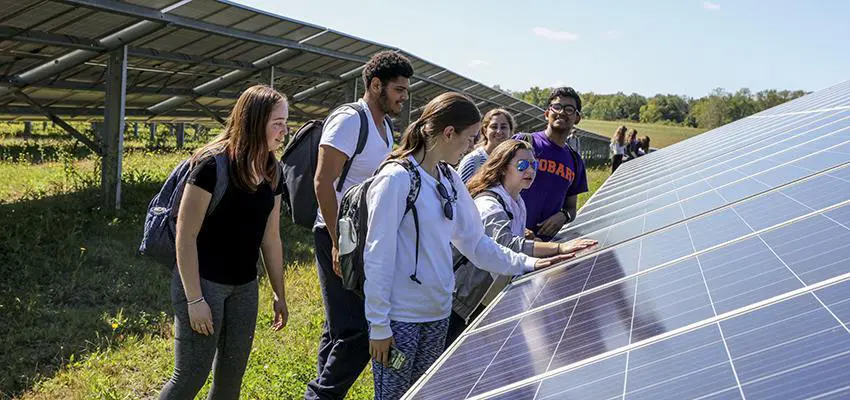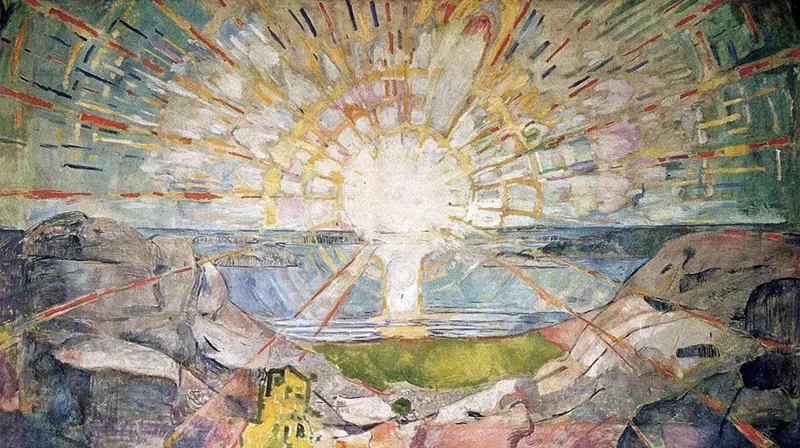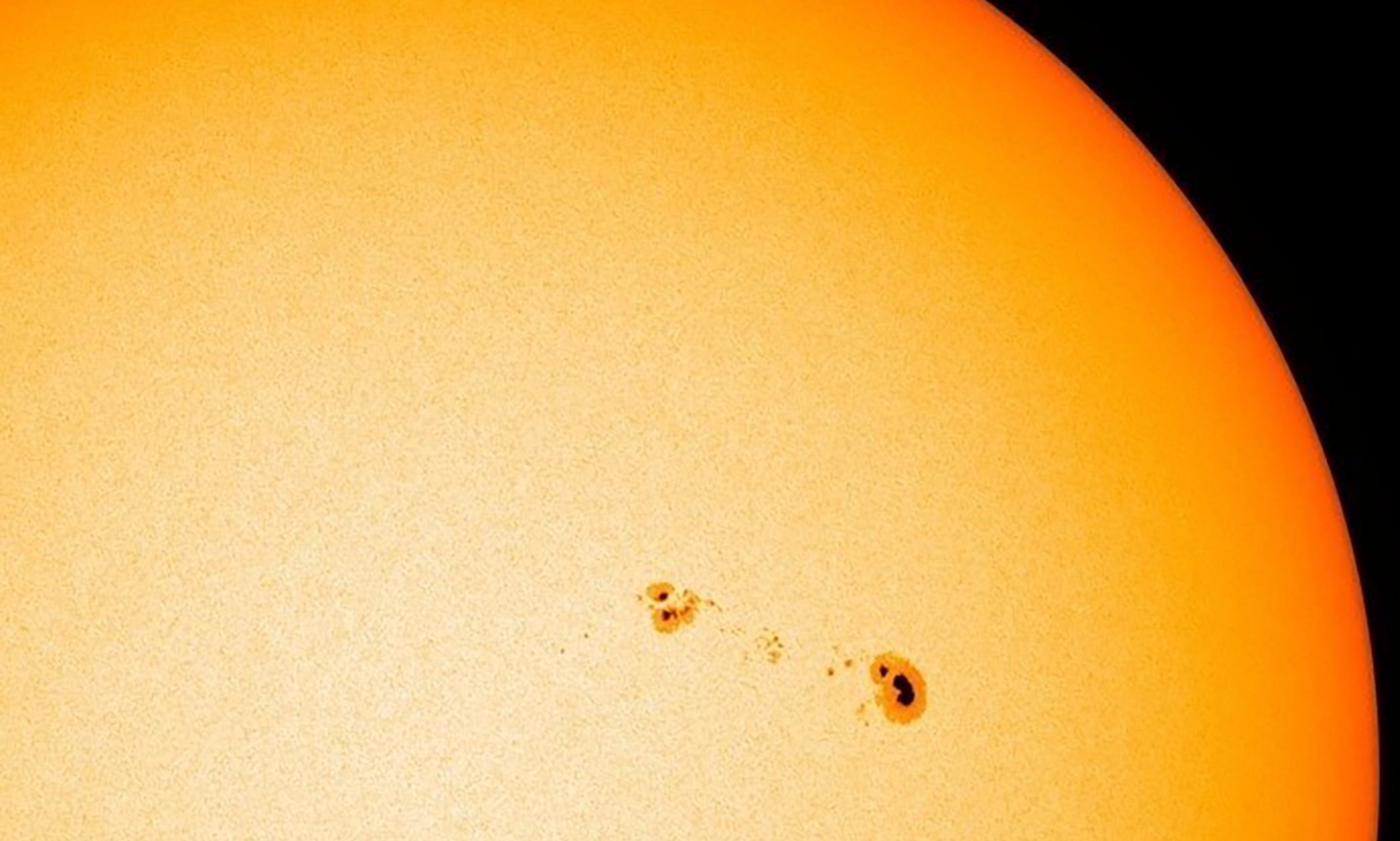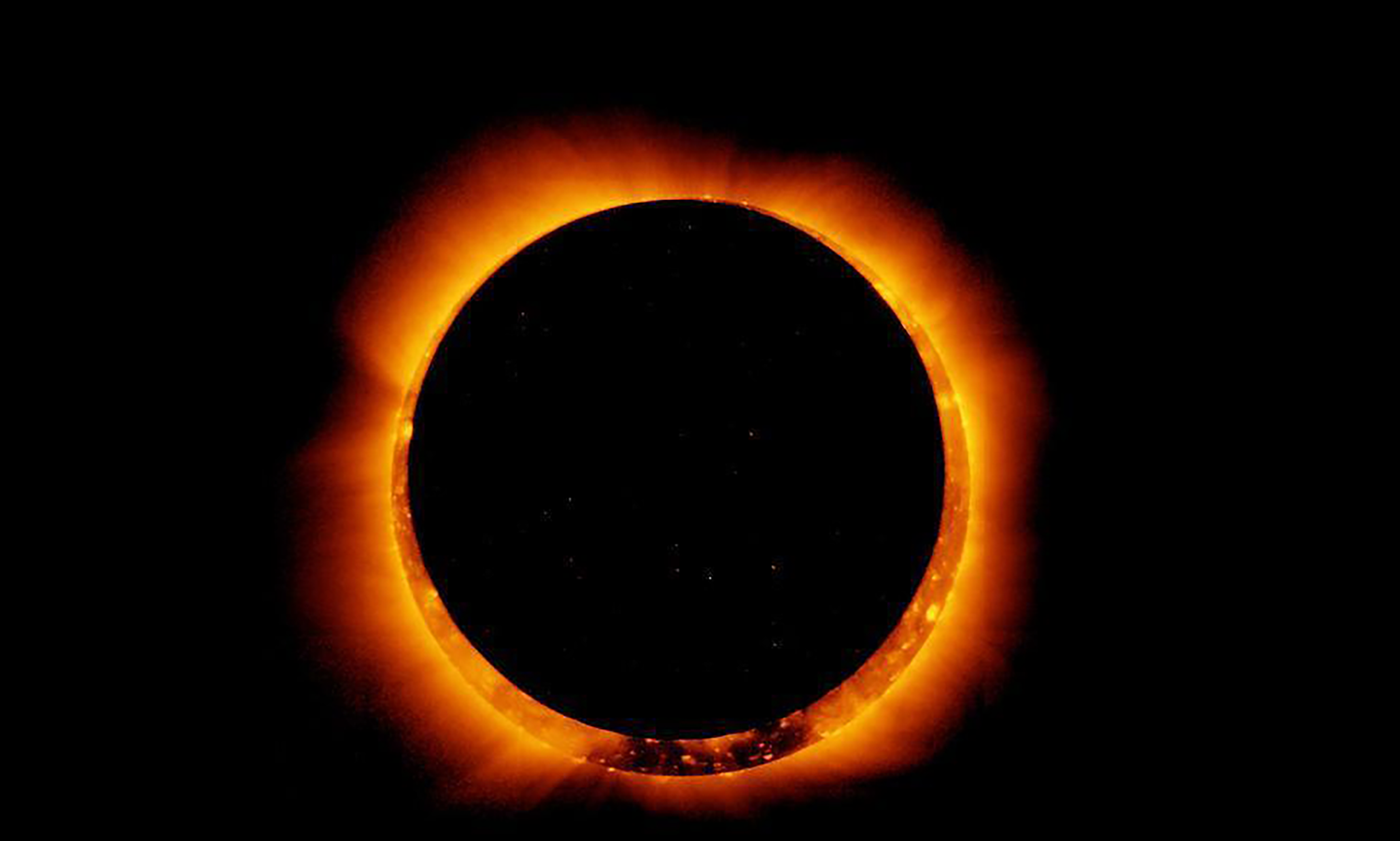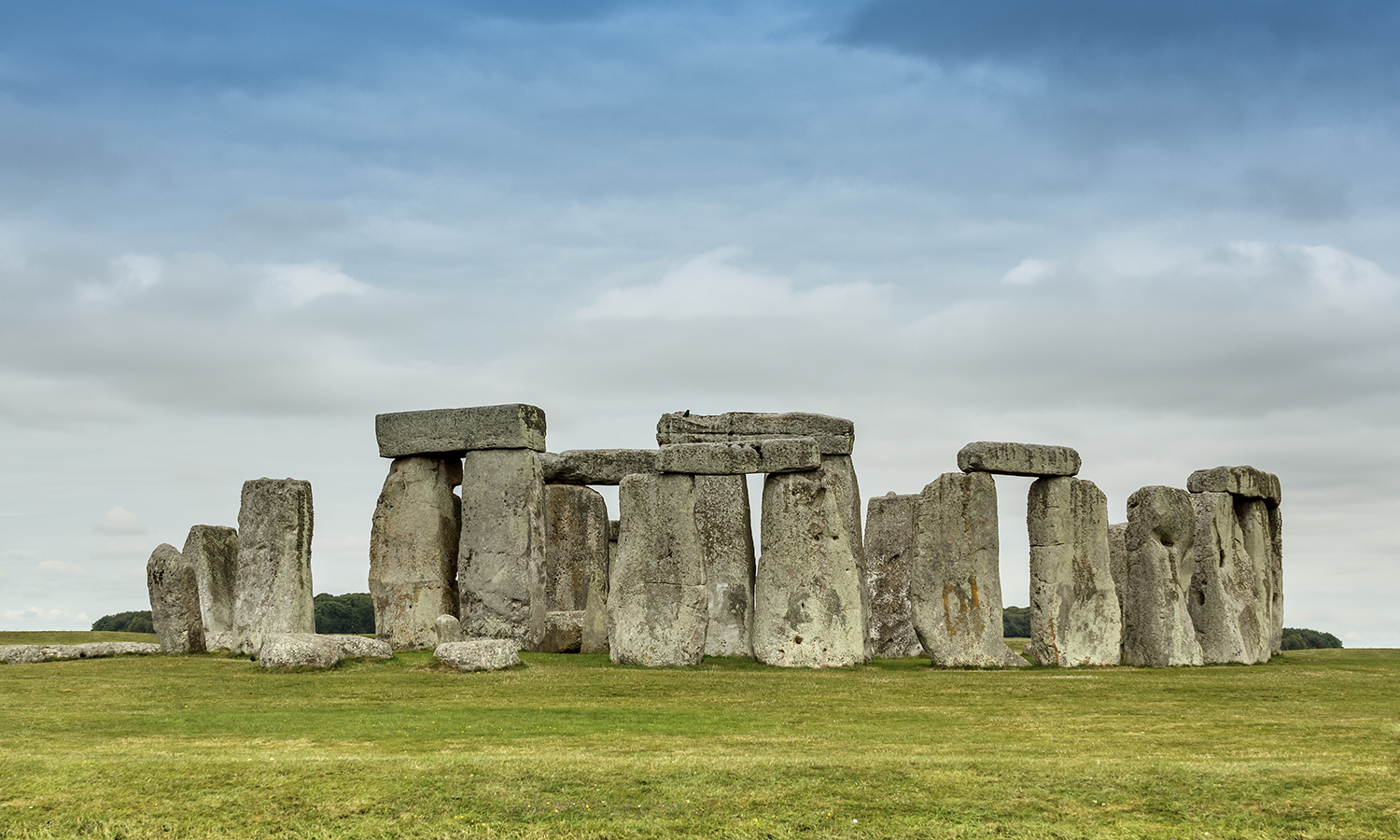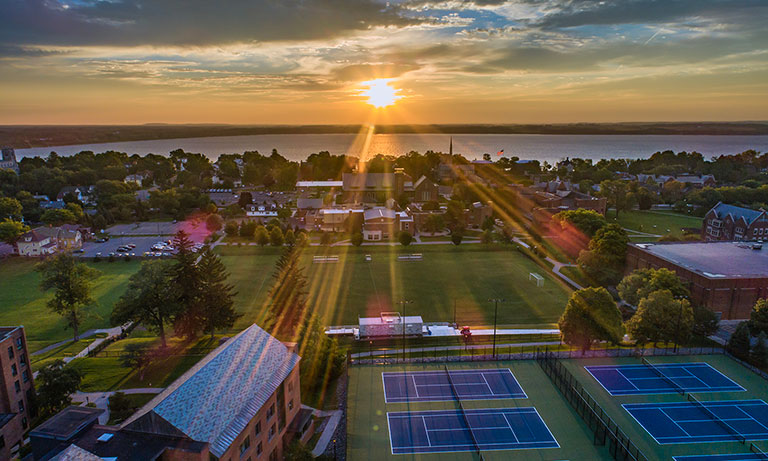
Year of the Sun
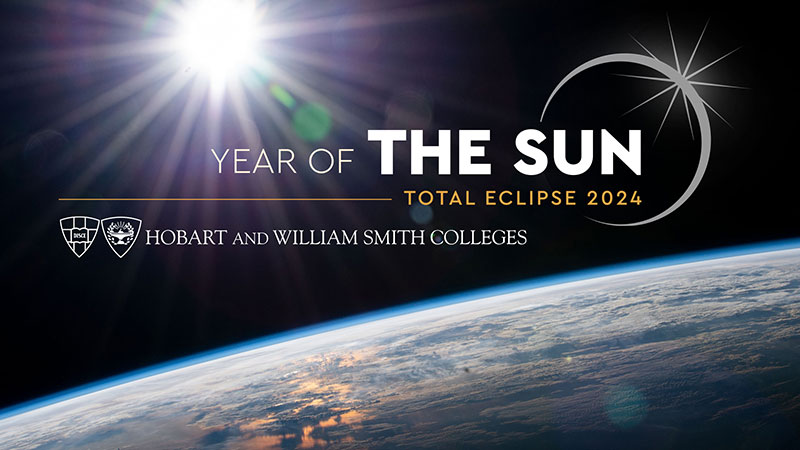
Video: Photographing the Eclipse with Kevin Colton
Year of the Sun
HWS Campus Events for April 8, 2024Stern and Smith Lawn
The 2024 Solar Eclipse will begin at 2:07 p.m., reaching its peak for approximately two minutes at 3:21 p.m. and concluding around 4:30 p.m.
Beginning at Noon: Registered alumni can receive their glasses at the Adams Intercultural Center, or from 1-2 p.m. on the patio of the Warren Hunting Smith Library.
From 1-2 p.m.: Students and registered faculty and staff and their family members can pick up their solar eclipse glasses at the check-in table outside Warren Hunting Smith Library. There, HWS community members will also receive a passport card directing them to the Year of the Sun stations on campus.
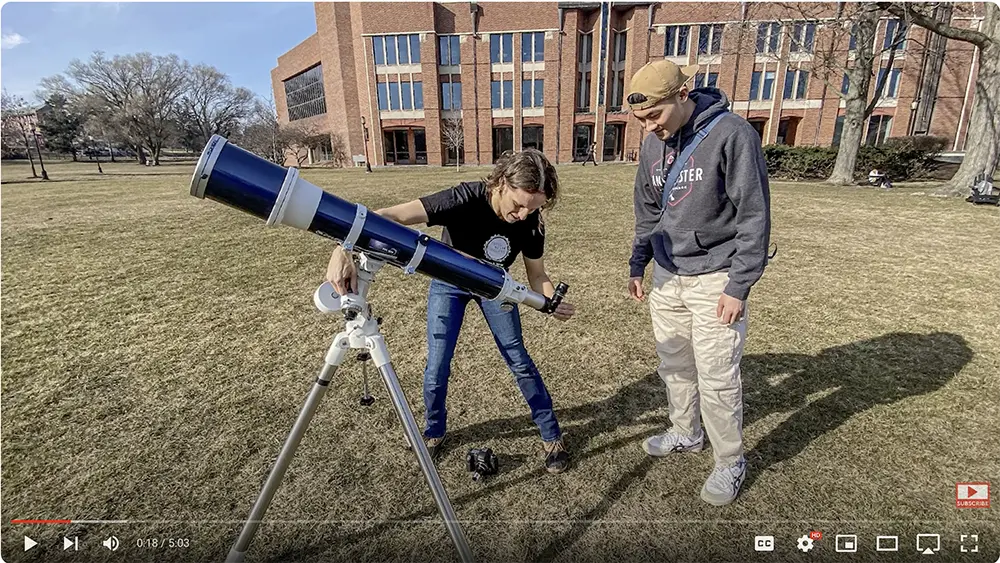
At 1:15 p.m.: Opening Address by Associate Professor of Physics Leslie Hebb and President Mark D. Gearan.
From 1:15-4:30 p.m.: The following events will occur in the Warren Hunting Smith Library, Scandling Campus Center and Bartlett Theatre. Eclipse Student Ambassadors wearing yellow shirts will be available to answer questions on a range of topics.
Activities include:
- Eclipse Introductory Video. In the Geneva Room of the library, a short (5-minute) introductory video by Hebb will be played on a loop explaining the science behind solar eclipses and discussing eye safety recommendations.
- Telescope Stations. Four telescopes will be set up around Stern Lawn where Hebb and students from the HWS Astronomy Club will assist participants in viewing the sun during the eclipse.
- NASA Live Feed. A live feed from the National Aeronautics and Space Administration (NASA) of the total eclipse as it occurs across the US will be shown in Bartlett Theatre.
- Solar System Walk. Along St. Clair Street from the corner of Pulteney to the Barn, a scale model of the solar system will be set up. The model scales down the size of planets and the distances between them, so that the sun is the size of a volley ball instead of a diameter of 695,000 kilometers and the distance from the sun to Pluto is 1 kilometer instead of 5.9 billion kilometers.
- Solar Panel Display. A solar panel demonstration will explain the science behind solar electric power on Stern Lawn.
- Sun Inspired Music Discussion. Associate Professor of Music Katherine Walker and students will be available on Stern Lawn, sharing music inspired by the Sun.
- Student Art Display. The Provenzano Student Art Gallery in the Scandling Campus Center will host guest artwork that has been created in conjunction with the solar eclipse.
- Solar Eclipse Model. On the second floor of the library, an exhibit coordinated by Instruction and Engagement Librarian Gabrielle LaBare will showcase a functional 3-D topographical model of the Earth-Moon system depicting a total solar eclipse; the exhibit will also include various scientific information about the eclipse, interplanetary simulations, and a tactile display of the ways eclipses have been rendered throughout history.
- Shooting the Moon (and Sun). Retired Lead Photographer Kevin Colton L.H.D. ’23 and students in his “Intro to Imaging” class will be photographing and available to discuss how they have prepared to photograph the eclipse. Colton will also lead a How to Photograph the Eclipse Safely talk at the Geneva Public Library on Monday, March 25.
- Ancient and Medieval History of Solar Astronomy. Classics and history students will be tabling in front of Smith Hall explaining how the solar event has been observed and understood since ancient times.
- Music and Food. HWS student band Moonflower and AmeriCosmos with Matt Venuti will perform on the Scandling Café Patio. Food trucks will be available for students.
About
On April 8, 2024 at 3:21 p.m., the Sun, the Moon and the Earth, will move into perfect alignment so that the Moon completely blocks the blazing solar disk for 2 minutes and 5 seconds. Not everyone on Earth will experience this rare and spectacular event when the sky darkens in the middle of the day, but Geneva, N.Y. is in the path of totality for the 2024 total solar eclipse. The next total solar eclipse visible in Geneva will not be for another 120 years.
To celebrate this cosmic event, Hobart and William Smith Colleges will be offering a series of programs and activities throughout the 2023-24 academic year that explore the scientific, cultural and historic significance of the Sun in our lives. They will be coordinated by Associate Professor of Physics Leslie Hebb, a researcher of the fundamental properties of stars and extrasolar planets, the formation and evolution of planetary systems, and the magnetic activity on low mass stars.
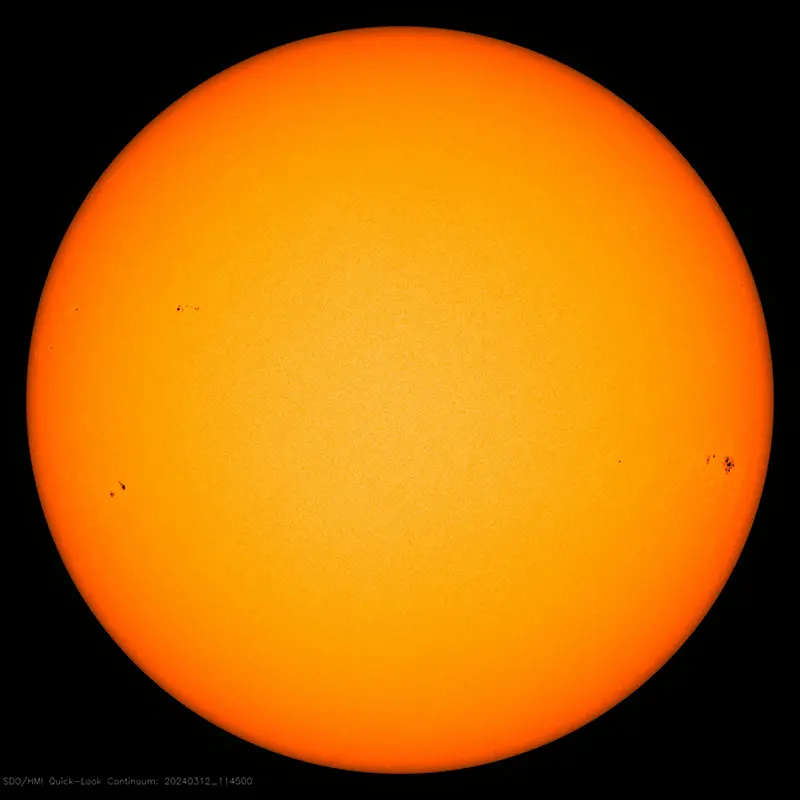
Our Sun is essential for all life on Earth. Without its light and warmth, our planet would be a barren, ice-coated ball of rock. Its regular appearance and disappearance every single day and its changing path across the sky throughout the year drives weather patterns and influences climate. Civilizations have built massive monuments and complex computer programs to keep track of its orderly motions and model its intensity because understanding its position and energy output is so essential to our survival.
The 2,000-year-old quest to understand Earth’s place in the solar system relative to the Sun sparked the scientific revolution, so that now we are capable of building devices that convert its light energy into electricity to fuel our technological world and launching spacecraft from the surface of the Earth to the vicinity of its scorching surface to study the complexity of its magnetic fields.
The Sun has been an inspiration for creation myths and a source of worship since the dawn of humanity. It is depicted in countless works of art, literature and music. From cave paintings and Impressionist masterpieces to poems and songs, the Sun is a versatile subject that is equally tranquil and awe inspiring.
At Hobart and William Smith Colleges, we will spend the year exploring these ideas and more to learn about the Sun itself and the diverse ways it has influenced our religious beliefs, cultural practices and technological innovations because the Sun’s significance to our lives cannot be overstated.
News
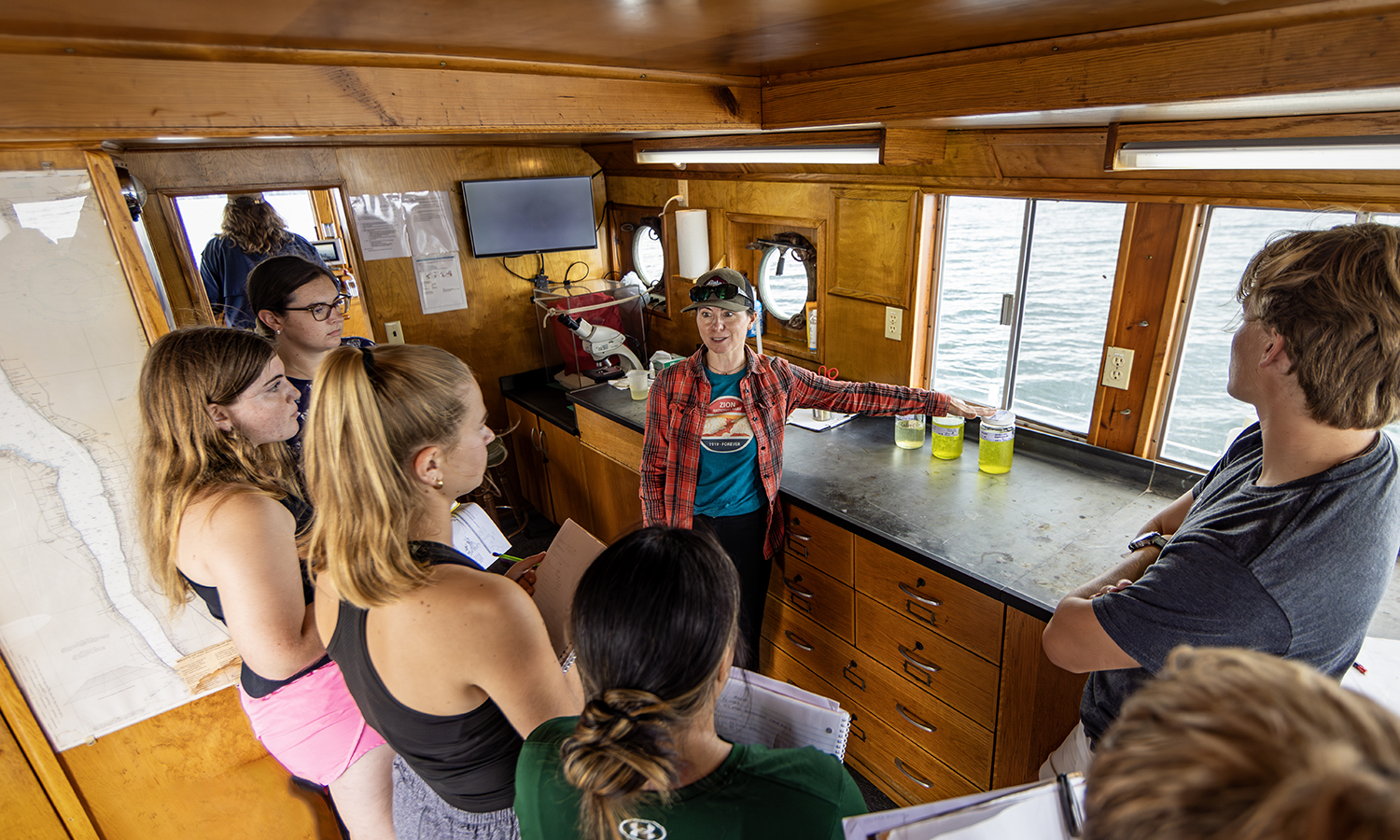
ResearchAnimal Behavior During the Eclipse
During the total solar eclipse on April 8, HWS faculty and students will be studying how the change in light impacts animals on land and in the water.
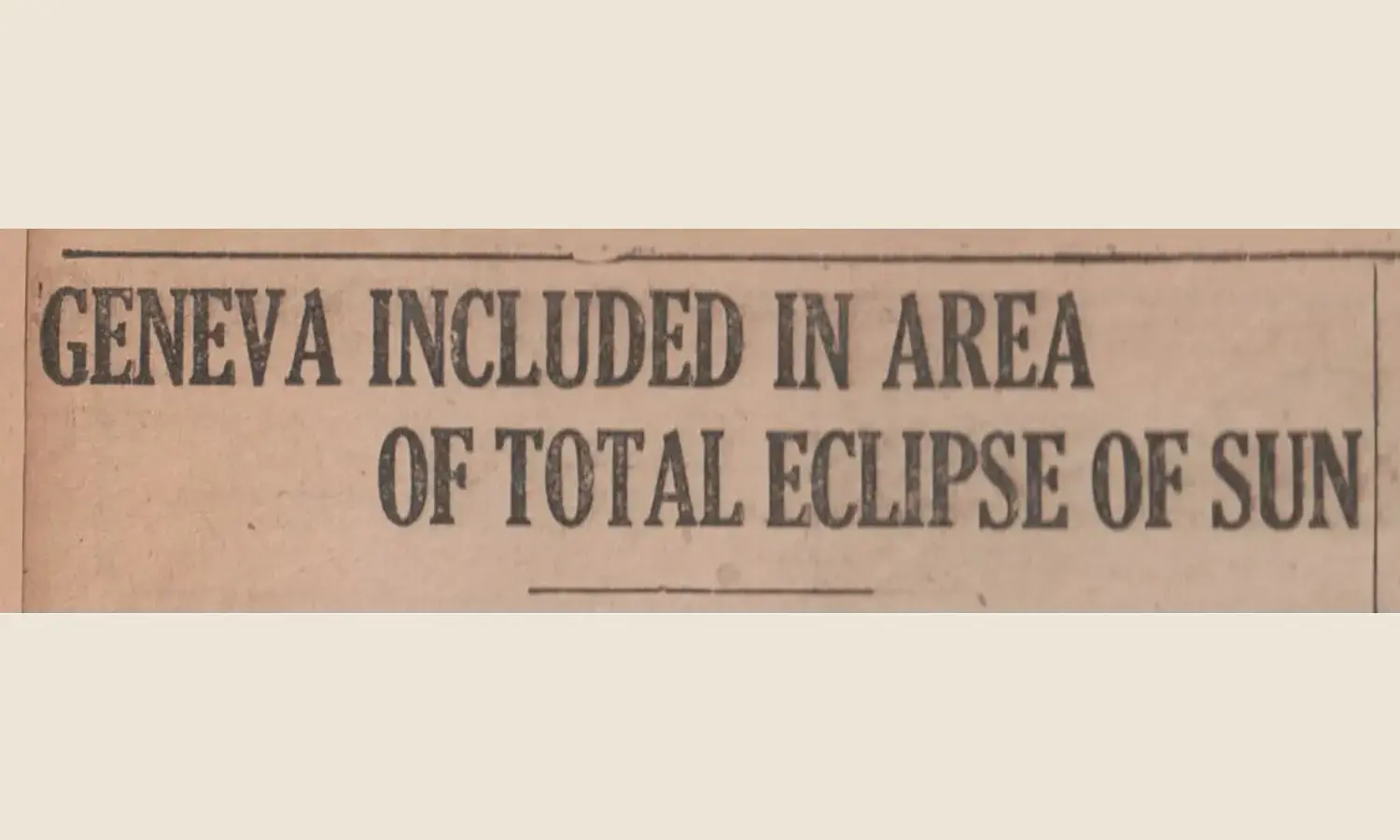
STEMThe Total Solar Eclipse of 1925
Ahead of this spring’s eclipse, an HWS Archives exhibit looks back at the last one to pass over campus — and how the planned observation went awry.
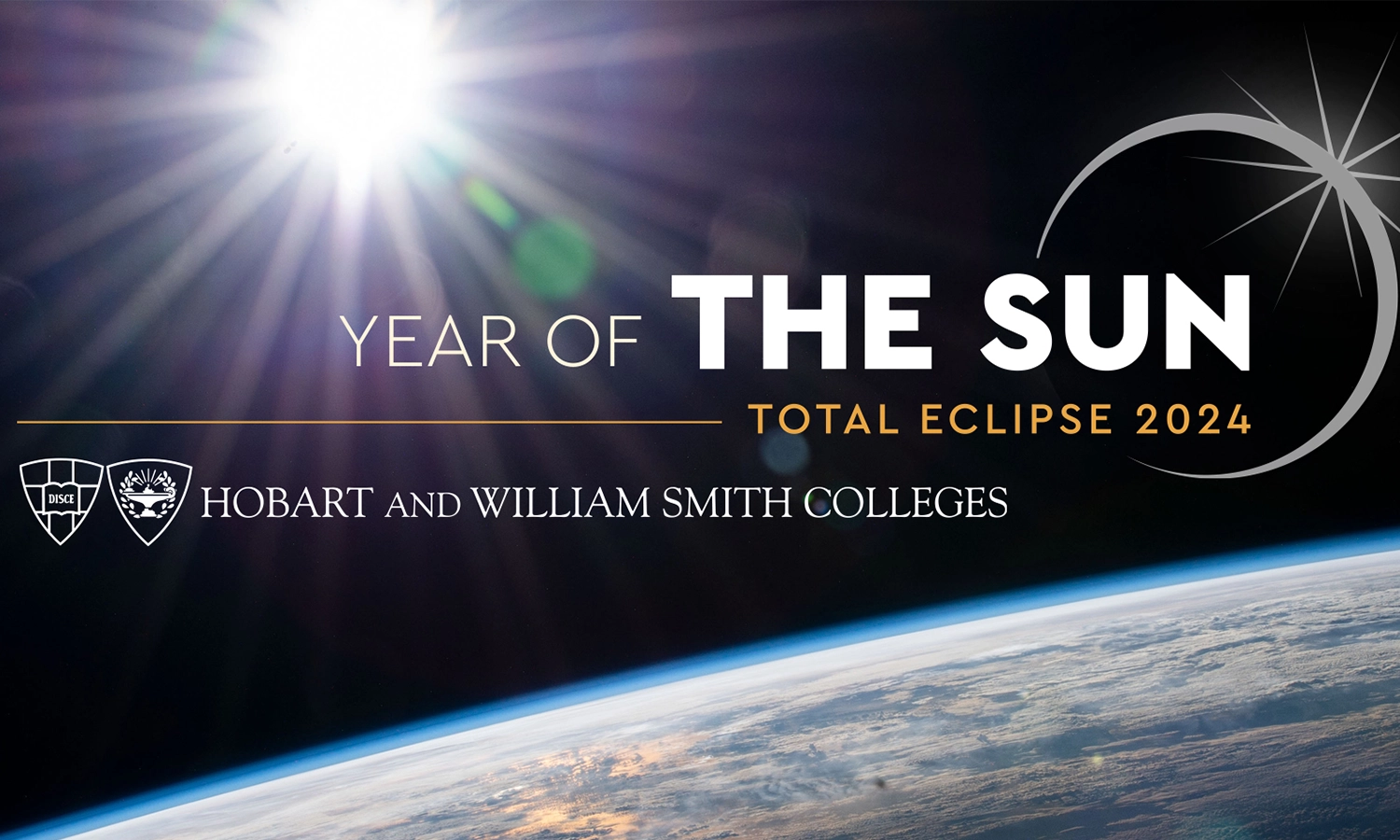
STEMObserving the Solar Eclipse
The Year of the Sun culminates with a day of events and activities ahead of the once-in-a-lifetime solar eclipse.


